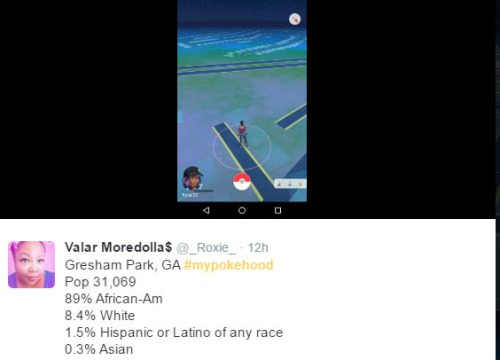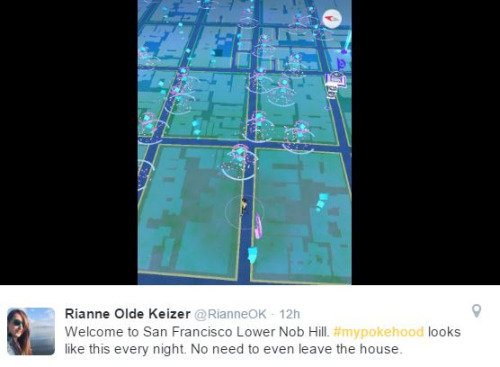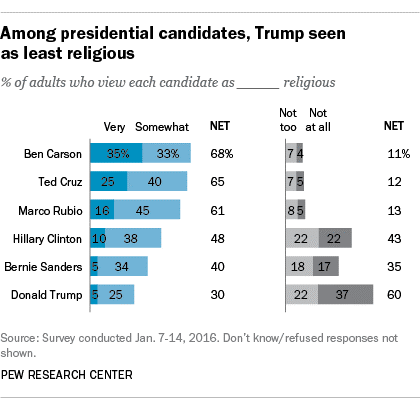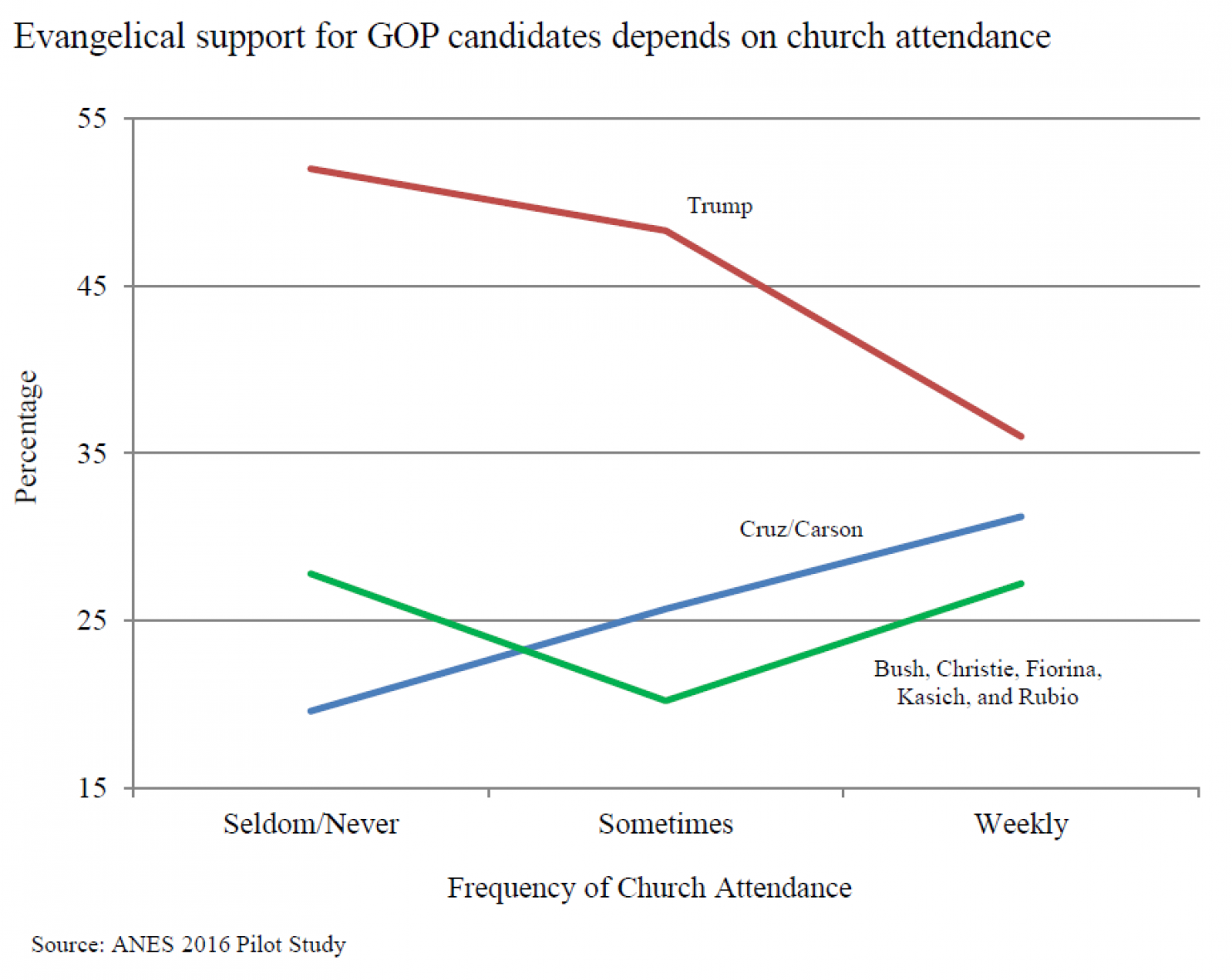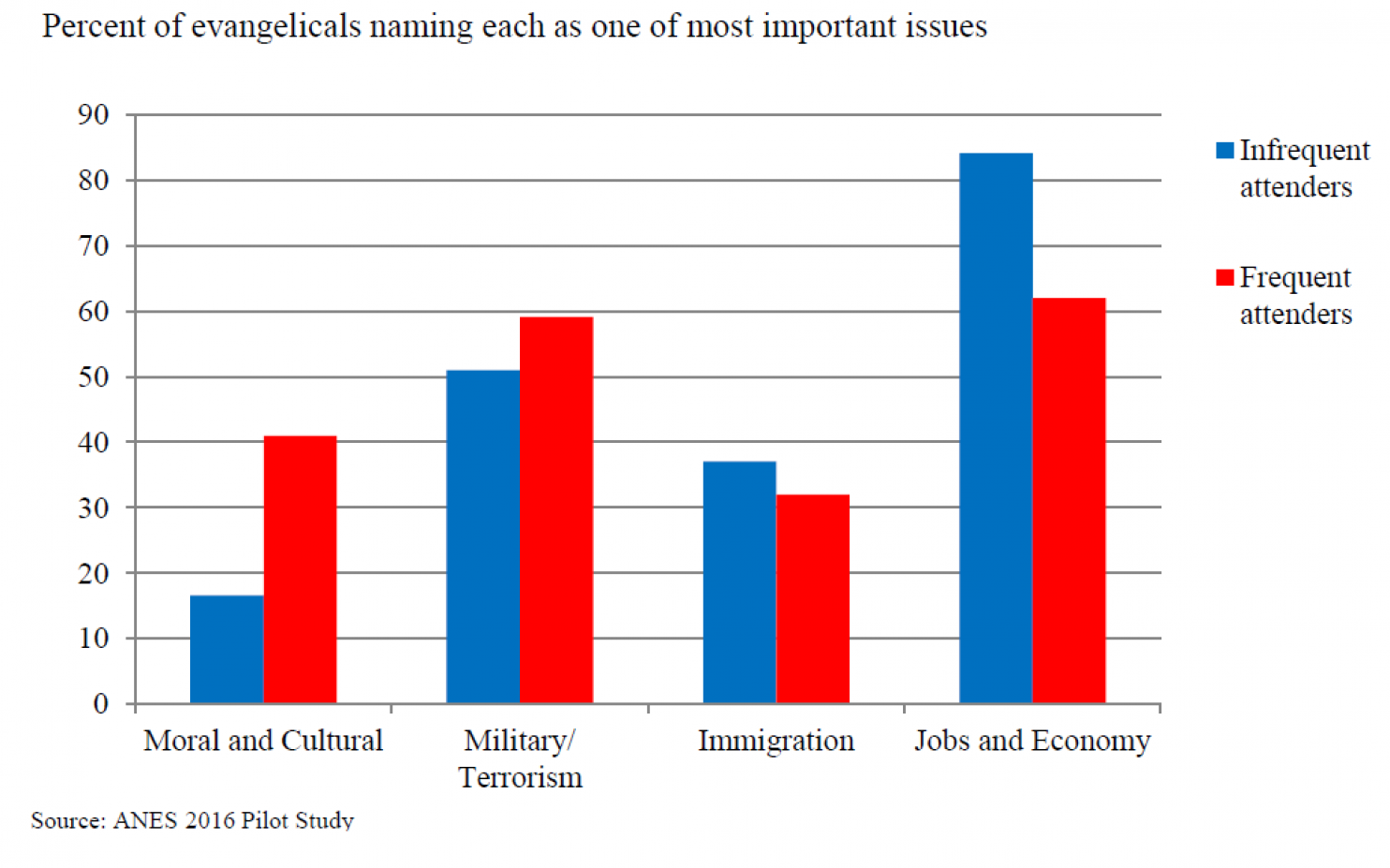In my last blog post, I detailed my interest in explaining ethnic conflict in Estonia through a predictive political framework, provided context on Estonia’s repressed Russian minority, and illustrated the importance of researching East Central European affairs. The research paper I discussed in the last post was instrumental in developing my research project. This paper, written by Jeffry Kopstein and Jason Wittenberg (2010), examined the extent to which ethnically mixed communities in interwar Poland were more prone to pogroms than other communities that shared similar ethnic makeups.
According to the United States Holocaust Memorial Museum, pogroms were organized massacres that targeted specific groups of individuals, typically based on their religious and cultural background. Pogroms against Jewish people were physical manifestations of antisemitism, and occurred throughout East Central Europe and the Russian Empire in the nineteenth and twentieth centuries[1]. They were a significant barrier impeding integration of ethnic minorities in interwar Poland, and resulted in ethnic polarization and partisanship that prevented meaningful communication and interaction between different groups.
Kopstein and Wittenberg crafted their theory using Stathis Kalyvas’s specific definition of polarization, which Kalyvas operationalizes “as the sum of antagonisms between individuals belonging to a small number of groups that simultaneously display high internal homogeneity and high external heterogeneity[2]” . Using this concrete definition, Kopstein and Wittenberg argued that higher rates of polarization — specifically, political polarization — in a community were positively correlated with that community’s eventual likeliness to suffer a pogrom.
In testing this hypothesis, Kopstein and Wittenberg found that political polarization along ethnic lines had statistically significant impact on predicting pogroms. However, they also found that voting patterns of ethnic minorities in interwar Poland were far more accurate in foreshadowing conflict than voting patterns of the community’s ethnic majority.
In many Polish communities at the time, Catholic Poles were the majority; Jews from Poland and elsewhere in East Central Europe constituted a sizable minority in these communities. During interwar Poland’s brief flirtation with democracy, several political parties emerged to suit the ideologies of the country’s diverse population. Two of these groups were the Bloc of National Minorities (“the Bloc”), which catered primarily to minority citizens, and the Polish National Democrats, who embodied the nationalist views of predominantly Catholic ethnic Poles.
Kopstein and Wittenberg tracked two voting statistics for each community in Poland. First, they determined the percentage of the ethnic majority, Catholic Poles, in the community that voted for the Polish National Democrats. Similarly, they calculated the portion of the community’s minority — in many case, Jewish Poles — that cast ballots in favor of the Bloc. They found that minority voting patterns were more correlated with pogrom outcomes than majority voting patterns were, indicating that political activity among ethnic minorities was more highly correlated to whether or not a pogrom took place than the political activity among Catholic Poles. Whether ethnic Poles voted and who they voted for mattered far less in determining whether a community would suffer a pogrom; the behaviors of ethnic and cultural minorities, including Jews, were far more predictive.
Even more troubling was Kopstein and Wittenberg’s discovery that pogroms were more prevalent in communities where ethnic minorities voted for the Bloc at higher rates. These findings suggest that violence against minority citizens may have been instigated by a perceived threat by ethnic Poles that their minority counterparts were organizing politically.
This research indicates that the ideologies, perspectives, and voting patterns of a community’s ethnic majority are not terribly effective in predicting the likelihood of conflict. Instead, Kopstein and Wittenberg’s paper provides compelling evidence that the voting patterns of minority individuals matter much more and communities with higher degrees of activist voting behavior among ethnic minorities may be the same communities that eventually suffer from violent backlash against those minorities.
I find this paper’s approach intriguing and sought to mimic its research design within my own research. Like interwar Poland, modern Estonia has an indigenous ethnic majority and a sizable ethnic minority — could ethnically-driven conflict between Estonians and Russians be better understood by examining the rate of minority political activity?
First, in line with Kopstein and Wittenburg, I categorized Estonia’s political parties into three groups. One group consisted of parties with largely mixed constituencies where, according to my prior research, ethnicity does not play a primary role in party identification. This cluster of parties was excluded from further analysis, as I am primarily interested in parties that explicitly reference ethnic affiliation in their electoral platforms or consist of disproportionate ethnic membership compared to Estonia’s population as a whole. The second group consisted of Estonian ethno-nationalist parties, the group with support from the ethnic majority. My third cluster was comprised of minority rights parties, which are primarily supported by ethnic Russians — this group most closely resembles the Bloc, which ethnic minorities in Poland supported.
While Kopstein and Wittenberg had extensive data on pogroms throughout Poland, I lacked sufficient data on the prevalence of similar hate crimes against ethnic Russians. How could I hope to mimic this research without having a reliable dependent variable to test voting patterns against?
I eventually decided that using countywide crime rates would be an adequate proxy for this missing dependent variable. Counties with higher rates of civil strife are very likely to be the same ones that suffer most from poor social cohesion. Communities with limited cohesion and unideal safety conditions make it easier for hateful or divisive rhetoric to fester, so using county-level crime rates is an accurate gauge of conflict frequency between different community groups.
Obtaining countywide crime rates was easily done through Estonia’s online statistical records — calculating vote percentages was also a simple process, and soon enough I had developed an Excel spreadsheet with requisite information to run a regression comparing minority voting patterns (denoted here as Percent_EthMinorityParties), majority voting patterns (Percent_EthMajorityParties) and my dependent variable, Crime_Rate. I used a broad crime rate statistic that merely encapsulated the number of recorded legal infractions and incidents per capita in each county in order to prevent incorporating any extraneous information into the calculations.
| County | Percent_EthMinorityParties | Percent_EthMajorityParties | Crime_Rate |
| Harju | 30.5 | 7 | 0.028379 |
| Hiiu | 13.2 | 12.1 | 0.010604 |
| Ida-Viru | 59.2 | 3.3 | 0.042995 |
| Jogeva | 27.3 | 12.2 | 0.028144 |
| Jarva | 21.2 | 9.2 | 0.020957 |
| Laane | 17.2 | 15 | 0.021728 |
| Laane-Viru | 24.2 | 9.9 | 0.032809 |
| Polva | 26.6 | 8.9 | 0.029813 |
| Parnu | 23.6 | 19.7 | 0.029897 |
| Rapla | 16.5 | 10.8 | 0.022418 |
| Saare | 17.8 | 10.9 | 0.016464 |
| Tartu | 18.55 | 8.1 | 0.028155 |
| Valga | 26 | 10.2 | 0.029822 |
| Viljandi | 18.9 | 8.3 | 0.020294 |
| Voru | 20 | 11.6 | 0.027463 |
The regression output is below. Note that there are two regressions being completed, one for the 2011 Estonian parliamentary elections and another for the 2015 elections):

Stata output for the 2011 parliamentary elections. Note that percent_russianparties — denoted as Per_EthMinorityParties on the previous table to signify its representation of minority voting patterns — has a positive influence (and a statistically significant one at that) on crime rates. The positive slope of the coef. and a p-value below 0.05 suggests this result. It is also worth noting that the voting patterns of Estonia’s ethnic majority, encapsulated in percent_estonianparties, does not appear to have a statistically significant impact on crime rates.

Stata output for the 2015 parliamentary elections. Like the 2011 elections, voting patterns of Estonia’s ethnic minority — expressed as percent_russianparties in the Stata regression and as Per_EthMinorityParties in the county data spreadsheet — appears to have a statistically significant impact on crime rates, whereas the voting patterns of Estonia’s ethnic majority do not.
Preliminary findings
from these regression analyses support Kopstein and Wittenberg’s theory that
the voting behaviors of ethnic minority citizens are better determinants of
crimes against minorities than the civic patterns of a community’s ethnic
majority. In my next blog post, I will include statistical analysis of
Estonia’s recent 2019 parliamentary elections that occurred earlier this month,
while also continuing to investigate how ethnic conflict can best be explained
and predicted within this post-Soviet state.
[1] “Holocaust Encyclopedia: Pogroms”, United States Holocaust Memorial Museum. https://encyclopedia.ushmm.org/content/en/article/pogroms.
[2] Kalyvas, Stathis. (2006). The logic of violence in civil war. New York, NY: Cambridge University Press.

